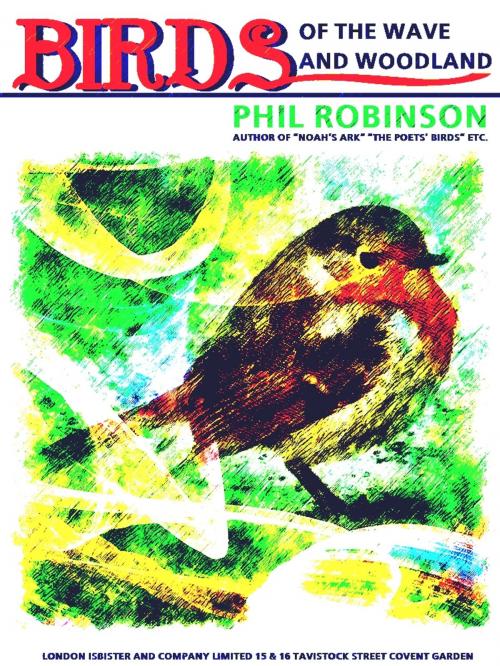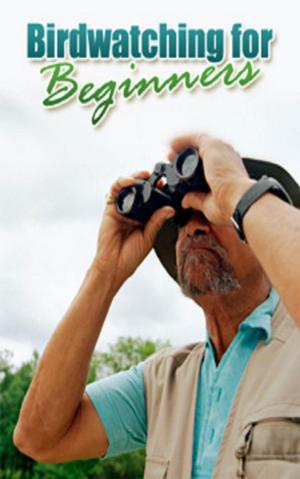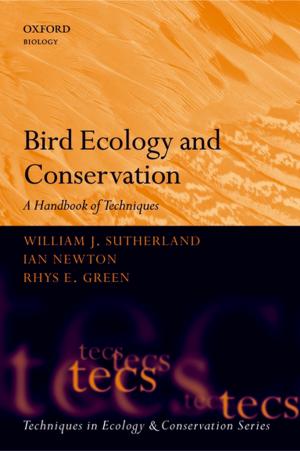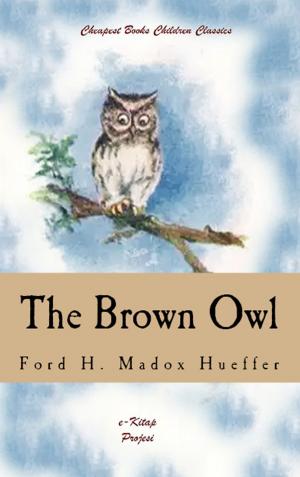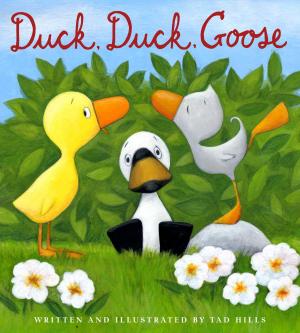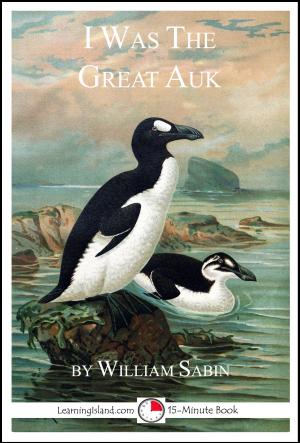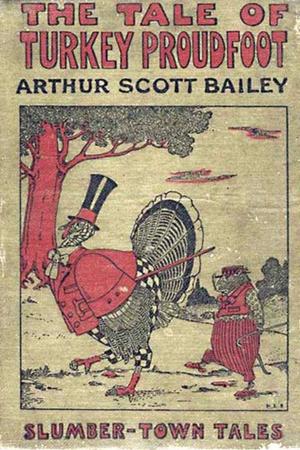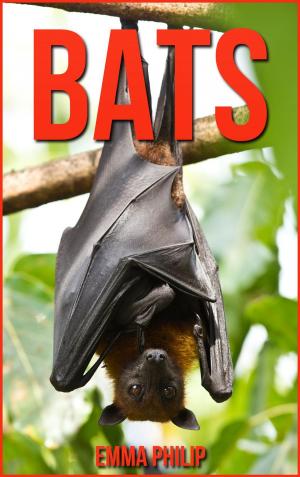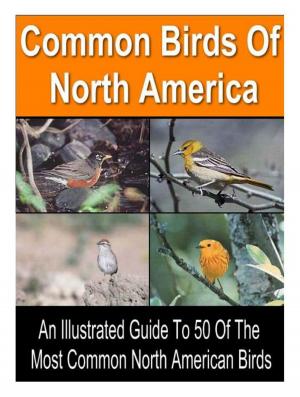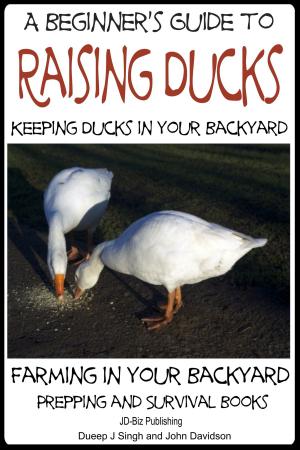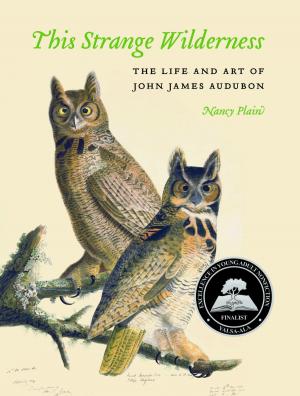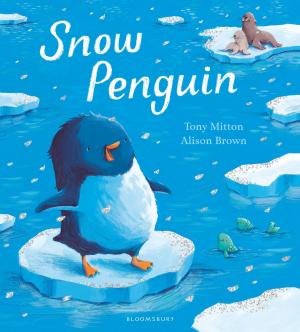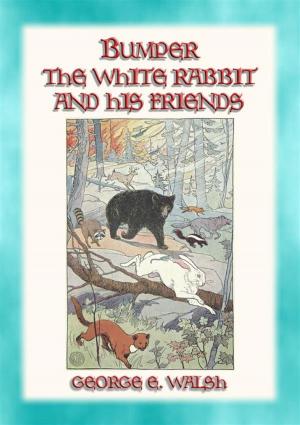Birds of the wave and woodland (Illustrations)
Kids, Natural World, Zoology, Nonfiction, Science & Nature, Nature, Animals, Birds & Birdwatching, Birds| Author: | Philip Stewart Robinson, Charles Whymper | ISBN: | 1230000278087 |
| Publisher: | Ballantyne, Hanson & Co | Publication: | November 3, 2014 |
| Imprint: | Language: | English |
| Author: | Philip Stewart Robinson, Charles Whymper |
| ISBN: | 1230000278087 |
| Publisher: | Ballantyne, Hanson & Co |
| Publication: | November 3, 2014 |
| Imprint: | |
| Language: | English |
Example in this ebook
CHAPTER I
“And now the goddess bids the birds appear,
Raise all their music and salute the year.”
Wyatt.
“The birds sing many a lovely lay
Of God’s high praise and of their sweet love-tune.”
Spenser.
IF we had to distribute the Seasons among the birds that are called “British,” selecting a notable fowl to represent each, we could hardly overlook the claims of the cuckoo, the nightingale, and the swallow to distinction. But, after all, these are not “thorough Britons.” They only come to us for our summer, and when that goes they follow it. Though great numbers of them are British-born, they are at best only Anglo-Continental, Anglo-Asiatic, Anglo-African, and Inter-Oceanic. But our resourceful little islands give us native birds, all our own, that amply serve the Seasons, and represent, with sufficing charm, the changing Four. We have the thrush, the blackbird, the skylark, and the robin, four of the sweetest birds that the round world can show—
“The Throstle with his note so true.”
Shakespeare.
“The Mavis mild and mellow.”
Burns.
“A few stars
Were ling’ring in the heavens, while the Thrush
Began calm-throated.”
Keats.
The thrush is pre-eminently our bird of spring. While the snow-drops, the “Fair Maids of February,” are still in early bloom, and before the crocus has lit its points of flame or the primrose its pale fires, and while “the daffodils that come before the swallow dares” are scarcely in their bud, the thrush has burst forth in full song, its burden the “news of buds and blossoming.” There is little that is green yet in copse and hedge: few flowers worth a child’s picking are to be seen. But he is too full of his glad evangel to be able to keep from singing, and from the tufted larch
“Rarely pipes the mounted thrush.”
Some naturalists want us to call it a migrant, and in proof of their argument, tell us of the multitudes that pass over Heligoland at a certain time of the year. But against this, let every one who has a garden where thrushes build, bear witness how, in the hardest winters, the dead birds are picked up among the laurels, starved or frozen to death. This alone demolishes the migrant theory. That numbers do leave England in winter may be true enough; it is the overflow of population.
Indeed, if the superfluous songsters did not go away (and the Wild Birds’ Protection Act remained in force), we should be smothered with thrushes. I know, for instance, of a little “place” in the country, some thirty acres all told, garden, shrubberies, orchards, spinneys, and meadow, where birds are tempted to come by the planting of fruit bushes and strawberry-beds in all directions, by the numbers of elder trees and mountain ash set out, by the encouragement of blackberries and dog-roses wherever they can be allowed to grow, and where birds are tempted to stay in winter by liberal scatterings of grain-foods and table-scraps. Within this little estate there were one year forty nests of thrush and blackbird. Now supposing these birds bred only once in the year, which is very improbable, and reared only three birds apiece, which is equally so, and that half were killed or died during the year, there would then be left twice as many thrushes as in the year before. Forty pairs would become eighty; eighty, a hundred and sixty; a hundred and sixty, three hundred and twenty, and so on till five years later there would be over ten thousand pairs of thrushes (allowing all along for the same excessive proportion of casualties), breeding on thirty acres, and if each pair hatched five birds, there would be fifty thousand thrushes all together
To be continue in this ebook...............................................................................................................
Example in this ebook
CHAPTER I
“And now the goddess bids the birds appear,
Raise all their music and salute the year.”
Wyatt.
“The birds sing many a lovely lay
Of God’s high praise and of their sweet love-tune.”
Spenser.
IF we had to distribute the Seasons among the birds that are called “British,” selecting a notable fowl to represent each, we could hardly overlook the claims of the cuckoo, the nightingale, and the swallow to distinction. But, after all, these are not “thorough Britons.” They only come to us for our summer, and when that goes they follow it. Though great numbers of them are British-born, they are at best only Anglo-Continental, Anglo-Asiatic, Anglo-African, and Inter-Oceanic. But our resourceful little islands give us native birds, all our own, that amply serve the Seasons, and represent, with sufficing charm, the changing Four. We have the thrush, the blackbird, the skylark, and the robin, four of the sweetest birds that the round world can show—
“The Throstle with his note so true.”
Shakespeare.
“The Mavis mild and mellow.”
Burns.
“A few stars
Were ling’ring in the heavens, while the Thrush
Began calm-throated.”
Keats.
The thrush is pre-eminently our bird of spring. While the snow-drops, the “Fair Maids of February,” are still in early bloom, and before the crocus has lit its points of flame or the primrose its pale fires, and while “the daffodils that come before the swallow dares” are scarcely in their bud, the thrush has burst forth in full song, its burden the “news of buds and blossoming.” There is little that is green yet in copse and hedge: few flowers worth a child’s picking are to be seen. But he is too full of his glad evangel to be able to keep from singing, and from the tufted larch
“Rarely pipes the mounted thrush.”
Some naturalists want us to call it a migrant, and in proof of their argument, tell us of the multitudes that pass over Heligoland at a certain time of the year. But against this, let every one who has a garden where thrushes build, bear witness how, in the hardest winters, the dead birds are picked up among the laurels, starved or frozen to death. This alone demolishes the migrant theory. That numbers do leave England in winter may be true enough; it is the overflow of population.
Indeed, if the superfluous songsters did not go away (and the Wild Birds’ Protection Act remained in force), we should be smothered with thrushes. I know, for instance, of a little “place” in the country, some thirty acres all told, garden, shrubberies, orchards, spinneys, and meadow, where birds are tempted to come by the planting of fruit bushes and strawberry-beds in all directions, by the numbers of elder trees and mountain ash set out, by the encouragement of blackberries and dog-roses wherever they can be allowed to grow, and where birds are tempted to stay in winter by liberal scatterings of grain-foods and table-scraps. Within this little estate there were one year forty nests of thrush and blackbird. Now supposing these birds bred only once in the year, which is very improbable, and reared only three birds apiece, which is equally so, and that half were killed or died during the year, there would then be left twice as many thrushes as in the year before. Forty pairs would become eighty; eighty, a hundred and sixty; a hundred and sixty, three hundred and twenty, and so on till five years later there would be over ten thousand pairs of thrushes (allowing all along for the same excessive proportion of casualties), breeding on thirty acres, and if each pair hatched five birds, there would be fifty thousand thrushes all together
To be continue in this ebook...............................................................................................................
